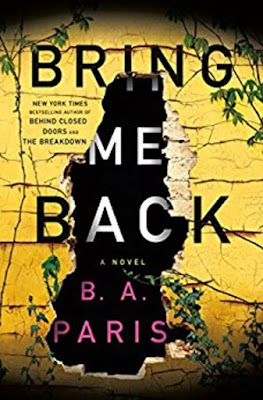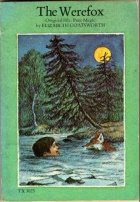32. The Midnight Zoo by Sonya Hartnett
 The Midnight Zoo by Sonya Hartnett. Illustrated by Andrea Offermann (US) - (Canada) - (Kindle)
The Midnight Zoo by Sonya Hartnett. Illustrated by Andrea Offermann (US) - (Canada) - (Kindle)Pages: 217
Ages: 10+
Finished: Jan. 31, 2012
First Published: Sept. 13, 2011
Publisher: Candlewick Press
Genre: children, magical realism, war, WWII, historical fiction
Rating: 2/5
First sentence:
If the old bell had been hanging in the steeple it would have rung to announce midnight, twelve solemn iron klongs which would have woken the villagers from their sleep and startled any small creature new to the village and unaccustomed to the noise.
Acquired: Received a review copy from Candlewick Press.
Publisher's Summary: "When the Germans attack their Romany encampment during World War II, Andrej and his younger brother, Tomas, flee through a ravaged countryside under cover of darkness, guarding a secret bundle. Their journey leads to a bombed-out town, where the boys discover a hidden wonder: a zoo filled with creatures in need of hope. Like Andrej and Tomas, the animals--wolf and eagle, monkey and bear, lioness and seal, kangaroo and llama-- have stories to share and a mission to reclaim their lives.
Master storyteller Sonya Hartnett crafts a magical and moving fable about war and redemption . . . and what it means to be free."
Reason for Reading: The story intrigued me as I enjoy WWII historical fiction and animal fantasy. How the two could be combined into a successful book had me wanting to read and find out.
Set in WWII, the story follows two Gypsy children who have managed to escape the wipe out of their family camp. The setting of the book is never given, though it is obviously Eastern Europe. There are signs in a foreign language and after researching that language and then double checking to see if Romany (Roms) were persecuted in that country during WWII, I've ascertained the country in question is the Czech Republic. The story never really grabbed me, I have a fifty page rule, where I will stop reading a book at 50 pages if it hasn't caught my attention and I almost stopped reading at page 56 because I had just been hit on the head with the fact that I was about to be "taught. a. lesson." and was not impressed, however I decided to finish the chapter and picked up a bit of plot that did keep me reading the entire short book.I can't really say it was time well spent. The whole book is very "in-your-face" with the lessons and messages it wants to convey. Humans treat animals badly, even when they love them, and not always on purpose, but wild animals deserve freedom. Animals are not a part of any war and yet they suffer for it. Following suit, the gypsies were not at war with anyone, it was not their war, they only wanted freedom and yet it was taken away from then and they suffered. And so on ... the war is nobody's, yet they all suffer from it when the invaders/aggressors come. The book's main theme is freedom. The freedom of animals to live in the wild, not zoos, not under human control, the freedom of humans to live in peace, not in the middle of someone else's war.
This is all very idealistic and "nice" in a perfect world but this isn't a perfect world. When does someone else's war become your own war? When your neighbours are carted away? When the next street over is bombed to pieces? Or not until it is your own family stolen in the night or your house bombed to smithereens? Perhaps then it is still not your war? Do you suffer in silence, or do something about it?
Add to this idealistic message a strange magical realism aspect where animals in an abandoned zoo talk to the Gypsy children and all belief was thrown out the window for me. I am a big fan of animal fantasy, so talking animals don't necessarily turn me off, they just need to be in *their* world for me to suspend belief. Zoo animals talking to Rom children in the middle of WWII just goes way beyond my believability factor and coupled with the "beat you on the head" fable and moral of the story, I just was not impressed.


Comments
Post a Comment